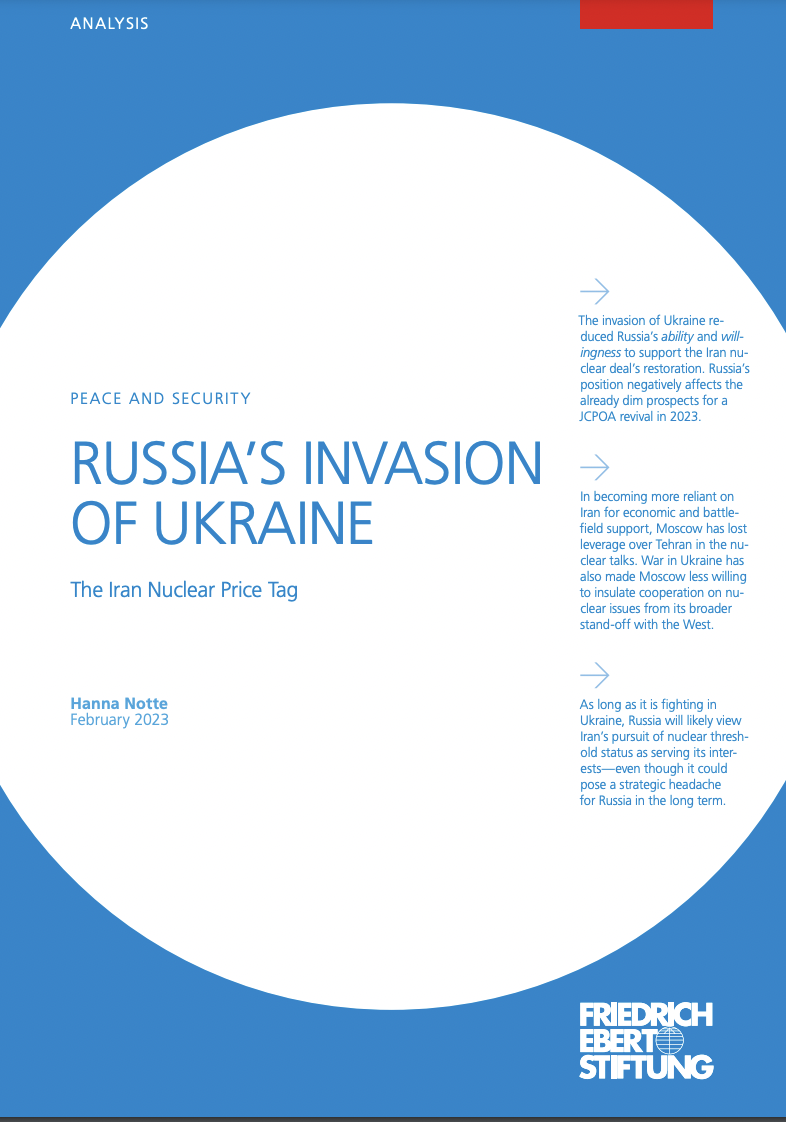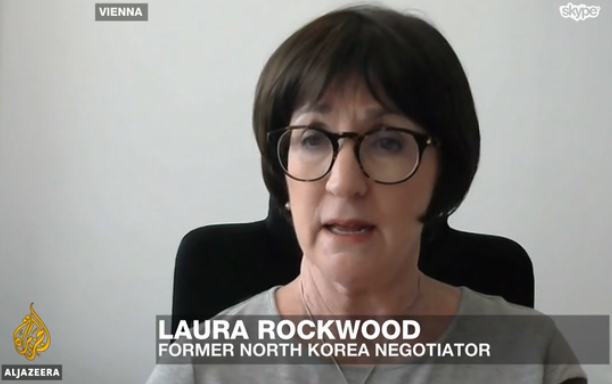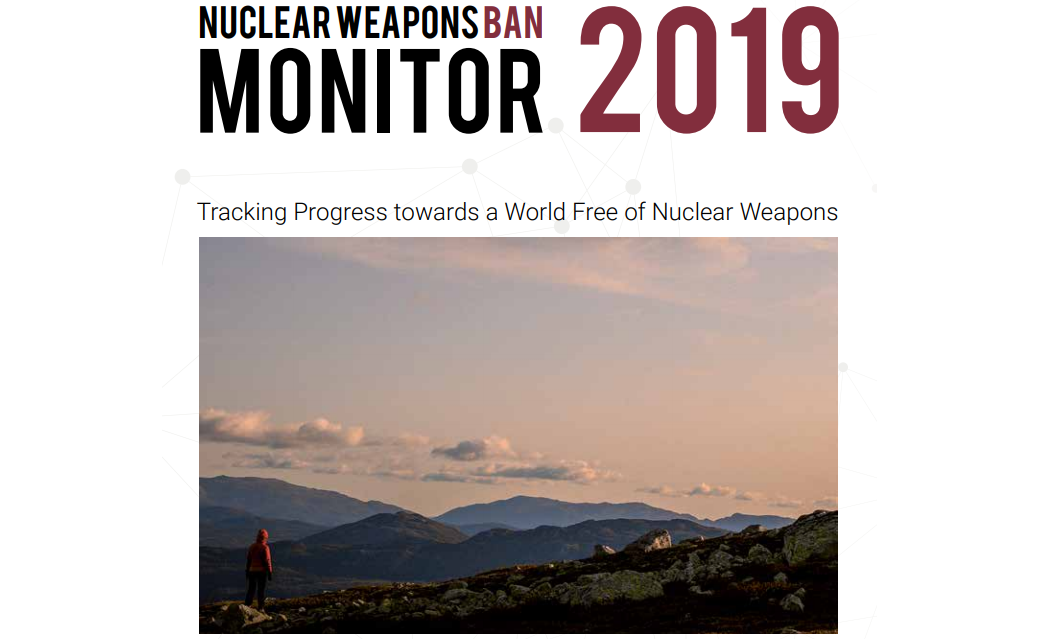
On 18 February 2020, the VCDNP hosted the launch of the 2019 edition of the Nuclear Weapons Ban Monitor in cooperation with the Permanent Missions of Austria, Ireland and New Zealand. Ambassador Gabriela Sellner (Austria), Ambassador Tom Hanney (Ireland) and Mr. David Lilly (New Zealand) delivered opening remarks. They highlighted the importance of accountability and the role of civil society in monitoring the implementation of international treaties. Managing Editor of the Nuclear Weapons Ban Monitor Grethe Østern and Honorary Professor at the University of Pretoria Stuart Casey-Maslen presented the main findings and conclusions of the 2019 Ban Monitor. VCDNP Executive Director Elena Sokova moderated the discussion.
The Nuclear Weapons Ban Monitor, an initiative established in 2018 by Norwegian People's Aid, tracks progress towards the entry into force of the Treaty on the Prohibition of Nuclear Weapons (TPNW), adopted in 2017, as well as states’ adherence to its key provisions. The Ban Monitor also seeks to make recommendations for the first Meeting of States Parties to the TPNW after it has entered into force.
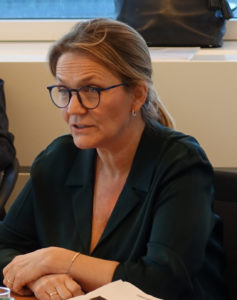
As of February 2020, 35 states had ratified the TPNW, while another 48 states had signed it, but not yet ratified. A further 55 countries have voted in favour of the most recent TPNW resolution at the UN General Assembly, but have not yet signed the treaty. The TPNW will enter into force 90 days after the fiftieth state deposits its instrument of ratification. Ms. Østern noted that the rate of ratification of the TPNW was comparable to that of other disarmament agreements, such as the Biological Weapons Convention and Chemical Weapons Convention, during the corresponding period of their existence, but was lagging behind the NPT.
The Ban Monitor offers legal interpretations of the core prohibitions enshrined in the TPNW’s Article 1 and evaluates the degree to which States, both adherents and non-adherents, act in accordance with those prohibitions.
In her presentation, Ms. Østern noted that the vast majority of states in the world are, by their policies on nuclear weapons, complying with the TPNW provisions, although some of these states do not identify as TPNW supporters. The majority of non-supporter states are in Europe, due in large part to NATO states’ reliance on the Alliance’s nuclear deterrent policy.
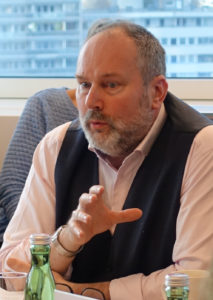
Still, Ms. Østern observed that NATO membership is not inherently incompatible with the TPNW adherence. NATO members are not a monolith, she noted, and conversations about nuclear weapons are likely more nuanced in national capitals than what the common NATO position might suggest. Responding to a follow up question on this subject, Dr. Casey-Maslen argued that what is primarily required for a NATO state to join the TPNW is political will and certainly should not precipitate the disintegration of the Alliance.
During the discussion that followed the presentation, several participants raised the issue of the TPNW verification. One participant expressed the view that the role of the International Atomic Energy Agency should be limited to non-classified forms of fissile material, while the work of verifying the disarmament process in nuclear-armed states should be entrusted to a new international body. It was further recommended that conversations on verification should begin now among TPNW supporters to determine how the future verification framework would function.
The full text of the Nuclear Weapons Ban Monitor 2019 is available for download here.

